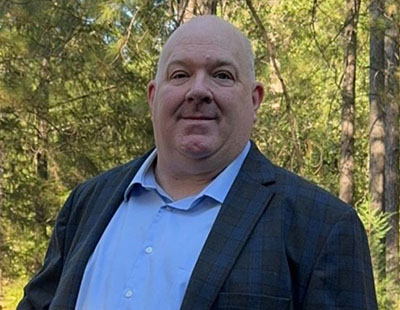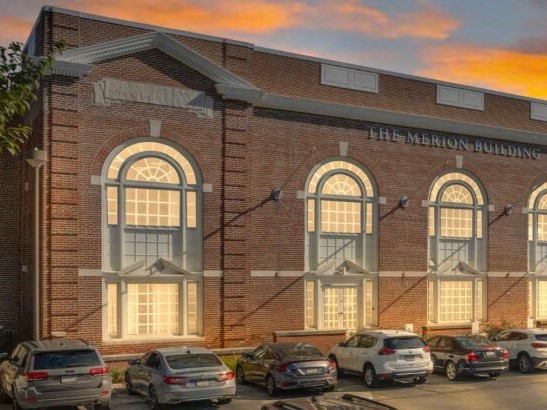5 Strategies for Distress Buyers
P4 Consulting's PJ Prellwitz on how to act quickly but thoughtfully.

At a time when many loans coming due are resulting in defaults, especially in the office sector, opportunistic investors are considering using conversions or substantial repositioning to make their investments pencil.
A recent Wall Street Journal article stated that more than $2.2 trillion in commercial real estate debt is maturing before 2028, “and much of that will have to be refinanced at higher rates.”
The reality is, many won’t be able to refinance or recapitalize their property investments. Those who acquire distressed assets resulting from such situations must carefully consider the costs involved in turning those assets profitable.
It’s a complex situation, but the following five tips can help.
Secure a team captain
Real estate development managers are taking center stage as investors look for value in distressed assets.
Hiring a real estate development manager (or having one on staff) is akin to making an investment that results in 10 times its value added. A skilled development manager knows how to harvest cost savings that will pay for their own services and create substantial value for the project and ultimately the investors.
For complex projects, including use conversions with tight margins, the development manager role is more important than ever. This is someone who can see the whole field and know how pulling different levers will affect the project. The development manager should help you create and navigate a successful path.
Consider engaging your development manager early, as this person will play a pivotal role in the tips that follow, too.
Know your advantage
Before acquiring a distressed asset, know and leverage an advantage. This advantage can be location—the investor knows it extremely well, the neighborhood is gentrifying rapidly or it’s a market with high barriers to entry, for example.
The advantage could be the basis. Is it a great buy? For example, a recent distressed asset deal in the south involved a developer buying a partially completed center for 50 percent less than the cost of undeveloped land in a comparable location.
Securing a tenant in advance can also be an advantage, especially with financing. A build-to-suit arrangement would identify future revenue stream, which lowers risk and increases capital sources available.
Look for good bones
Before you purchase, look for “good bones,” specifically, a building that offers flexibility. Being able to modify with minimal costs to meet the needs of the end user is key. Flexibility goes a long way toward this goal.
A great example is working with steel construction vs. wood. The strength of steel framing allows for larger clear span space, meaning more flexibility when reconfiguring the floorplan.
Work with your development manager to layout use scenarios before acquiring the building. Model costs and schedules in the development pro forma so that investor returns are accurately represented.
Understand zoning restrictions
Understanding current zoning laws and working within those parameters will be most expeditious. When converting the building use, however, this may be a less likely possibility.
Avoid these surprises by taking the time to thoroughly investigate the implications of these laws.
In the case of a use conversion, speak with or bring someone onto your team who has gone through a similar process in that same market to help you navigate it. For example, you may choose to hire an architect who has designed a use conversion with the same jurisdiction and worked through the approval process.
Whether it’s the developer, the development manager or the architect (or all of the above!), it’s valuable for your team to establish and build relationships with decision makers at the governing jurisdiction. Take the time to build trust at the planning and development department and the economic development department.
Plan carefully to move quickly
Especially with the tight margins that a use conversion may face, speed to market is essential. After acquiring an asset, though, take a beat to complete a comprehensive project plan for moving ahead. If done well, this step will mitigate roadblocks that can slow a project.
Identify potential challenges and devise strategies to neutralize risks before they escalate. Determine all the major documents and tests the project will require in the construction phase.
Designate a conduit (likely the development manager) between municipalities, architects, engineers, contractors, suppliers and the developer. This conduit can also lead the charge to assemble the right team of consultants and engender strong working relationships between all team members.
Think ahead to design and marketing with messaging and direction that will help those professionals convey the end product to its target users.
With all this planning in place, and a deep breath, it’s go time.
Revitalizing distressed assets isn’t for the faint of heart, but it’s an undertaking that can be a win-win for the development team and the community if executed carefully.
PJ Prellwitz is president of P4 Consulting Group, a firm offering development management and project management services to the CRE industry.







You must be logged in to post a comment.